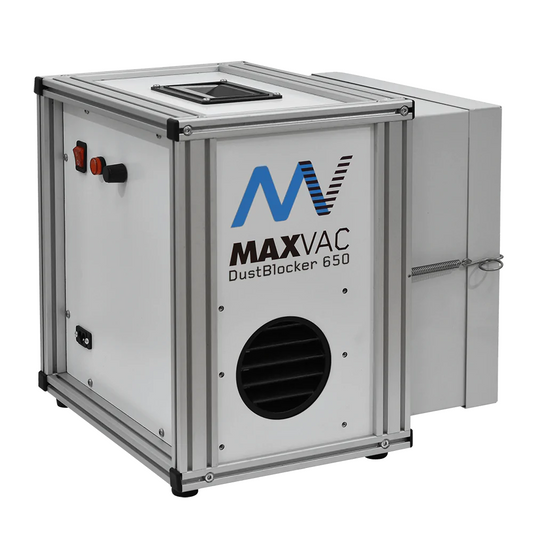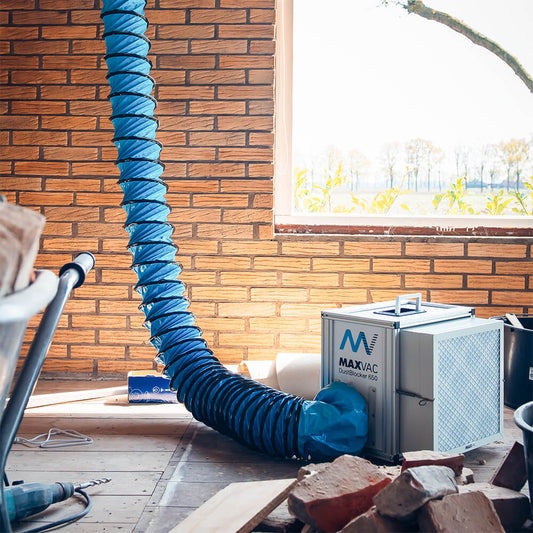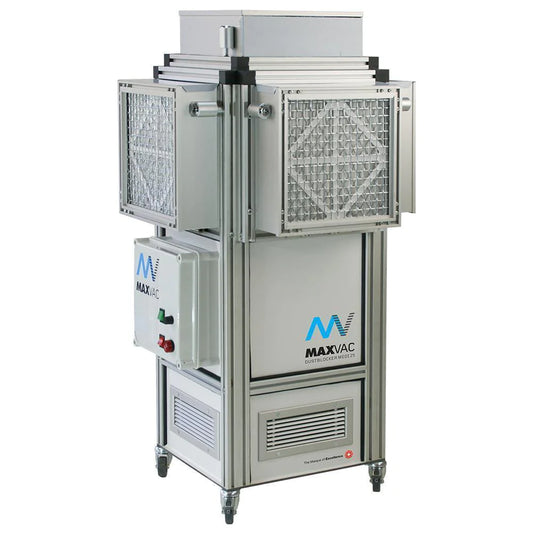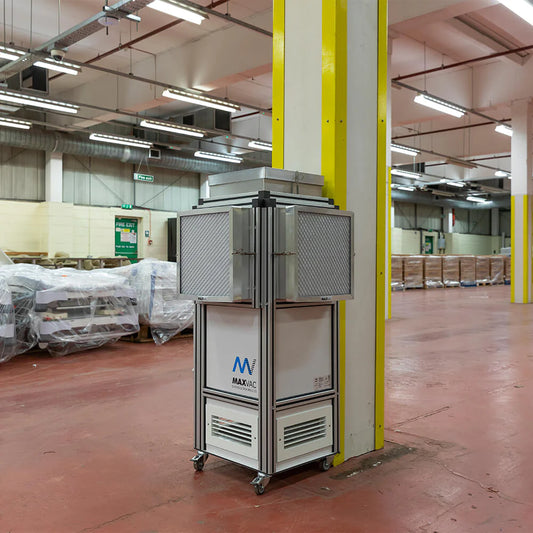Industrial Gas Waste Management
Industrial Gas Waste Management
Introduction
Industrial gas waste management is essential for minimizing the environmental and health impacts of harmful emissions generated during manufacturing and other industrial processes. Effective management systems not only comply with environmental regulations but also contribute to operational efficiency and sustainability.
Industrial Gas Waste Challenges
- Emissions of toxic gases like sulfur dioxide (SO₂), nitrogen oxides (NOx), and volatile organic compounds (VOCs).
- Release of greenhouse gases, including carbon dioxide (CO₂) and methane (CH₄), contributing to global warming.
- Health and safety risks posed by gas leaks or improper waste handling.
Solutions for Industrial Gas Waste Management
-
Emission Control Technologies
- Use scrubbers, filters, and electrostatic precipitators to remove particulates and harmful gases from emissions.
- Install catalytic converters and oxidation systems to reduce VOCs and other hazardous gases.
-
Gas Recovery and Utilization
- Capture waste gases like methane and carbon monoxide for energy recovery or conversion into useful byproducts.
- Adopt carbon capture and storage (CCS) technologies to reduce CO₂ emissions.
-
Leak Detection and Repair (LDAR)
- Implement real-time monitoring systems to detect leaks and ensure timely maintenance.
- Use infrared cameras and sensors to identify fugitive emissions.
-
Regulatory Compliance and Reporting
- Regularly monitor and report emissions to comply with local and international environmental standards.
- Engage in continuous improvement to meet evolving regulatory requirements.
Benefits of Gas Waste Management for Industries
- Reduces environmental impact and air pollution.
- Enhances workplace safety by controlling hazardous gases.
- Lowers operational costs through energy recovery and waste reduction.
- Improves corporate reputation and sustainability initiatives.
Challenges in Industrial Gas Waste Management
- Emission of toxic gases like sulfur dioxide (SO₂), nitrogen oxides (NOx), and volatile organic compounds (VOCs).
- Contribution to greenhouse gas emissions, including carbon dioxide (CO₂) and methane (CH₄).
- Hazardous impacts on air quality, public health, and climate change.
Treatment Methods for Industrial Gas Waste
-
Scrubbing Systems
- Use wet or dry scrubbers to remove pollutants from exhaust gases.
- Effective for neutralizing acidic gases like SO₂ and NOx.
-
Catalytic Reduction
- Employ selective catalytic reduction (SCR) to reduce NOx emissions by converting them into harmless nitrogen and water.
-
Carbon Capture and Storage (CCS)
- Capture CO₂ from industrial emissions and store it in underground reservoirs or use it in other industrial applications.
-
Oxidation and Combustion
- Use thermal oxidation or incineration to break down hazardous VOCs into less harmful byproducts like carbon dioxide and water.
-
Gas Recovery Systems
- Recover methane or other valuable gases for reuse as energy sources or industrial feedstocks.

Benefits of Gas Waste Treatment
- Reduces air pollution and environmental degradation.
- Enhances workplace safety by managing toxic emissions.
- Supports compliance with environmental regulations and standards.
-
MEDI 8 - Air Purifier with Variable Air-flow (Max Air Flow 800m3/h)
Satıcı:MaxVacNormal fiyat $1,580.00 AUDNormal fiyat$2,380.00 AUDİndirimli fiyat $1,580.00 AUDİndirim -
DUST BLOCKER 650 - Air Scrubber 650m3/h Air Flow
Satıcı:MaxVacNormal fiyat $2,480.00 AUDNormal fiyat$2,980.00 AUDİndirimli fiyat $2,480.00 AUDİndirim -
DUST BLOCKER PRO25 - Air Scrubber Cleaner with 2700m3/h Air Filtration
Satıcı:MaxVacNormal fiyat $6,880.00 AUDNormal fiyat$7,880.00 AUDİndirimli fiyat $6,880.00 AUDİndirim -
MEDI 25 - Air Scrubber with UVC Steriliser (Max Air Flow 2000m3/h) For Office, Hospital & Public Spaces
Satıcı:MaxVacNormal fiyat $9,800.00 AUDNormal fiyat$12,880.00 AUDİndirimli fiyat $9,800.00 AUDİndirim











